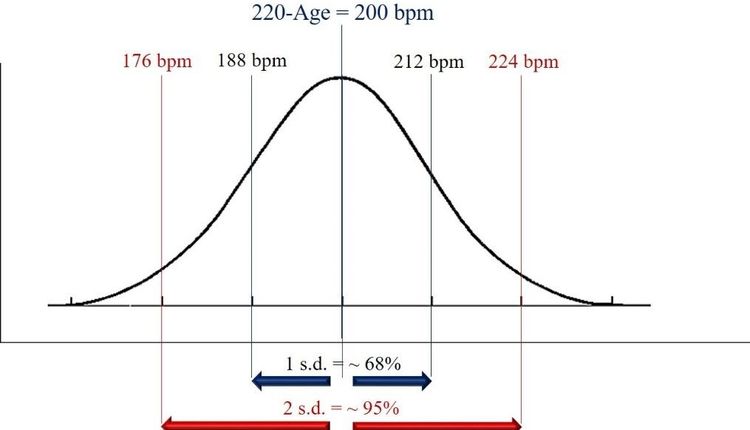Adolescent obesity is a major public health problem that impacts one out of every three children, resulting in 4-5 million overweight youth in the United States. In a study published in the December 2009 issue of the Journal of the American Dietetic Association, researchers evaluated differences in weight control behaviors, including dietary intake and physical activity, comparing overweight adolescents who lost weight and those who did not in order to better understand which strategies could be most effective.
Research has documented that one of the strongest predictors of adult obesity is adolescent obesity, with 70% of obese adolescents becoming obese adults. Identifying effective weight control strategies for adolescents is important and could help influence interventions for obesity in youth.
Investigators surveyed 130 adolescents, 62 who had been successful in losing weight and 68 who had been unsuccessful. Questioning adolescents and their parents, the authors evaluated weight control strategies, sedentary behaviors, dietary intake, physical activity, weighing frequency and current weight status.
In this pilot study weight control strategies were broken down into four categories. The first, “Healthy Weight Control Behaviors” (HWCB ), included eating less calories, increasing exercise, eating less high fat and junk food, drinking less soda, drinking more water, weighing oneself, eating more fruits and vegetables, and engaging in different kinds of exercise. The second category, “Unhealthy Weight Control Behaviors” (UWCB) included laxatives, vomiting, diuretics, smoking, and fasting. The third category, “Extreme Dietary Changes” (EDC), included use of liquid diet supplements, the Atkins diet, a structured diet, fasting, and increased protein consumption. The fourth category, “Structured
Behaviors” (SB), included eating a certain amount of calories, counting calories, recording food intake, and working with a professional
The successful adolescents reported increased exercise levels, drinking less soda, walking more/climbing stairs and self-weighing. Overall, a higher percentage of adolescents who lost weight reported using 6 or more Healthy Weight Control Behaviors compared to those who did not lose weight. Fewer of the adolescents who lost weight reported using any of the Structured Behavior strategies assessed. Of note, there were no differences identified between the groups regarding the use of Unhealthy Weight Control Behaviors or Extreme Dietary Changes.
Kerri Boutelle, PhD, and co-authors state, “First of all, our findings provide a glimpse of optimism that adolescents can lose a significant amount of weight and maintain this weight loss. Second, our findings suggest that there are no magical solutions, and that behaviors such as eating more fruits and vegetables and eating less fat and decreasing sedentary time seem to offer the most promise for success...Self-weighing may be a helpful monitoring tool for overweight adolescents; in the current study, the largest percentage of adolescents who lost weight reported weighing themselves on a weekly basis, while the largest percentage of adolescents who did not lose weight reported weighing themselves less than monthly. Lastly, unhealthy weight control behaviors were not associated with being in the group that lost weight.
Adolescents would benefit from hearing this information from dietitians and other health care providers to prevent development of unhealthy weight control behaviors. Findings from the current study have the potential to guide both future research studies and clinical interventions on obesity in adolescents.”
The official journal of the American Dietetic Association (www.eatright.org) the Journal of the American Dietetic Association (www.adajournal.org) is the premier source for the practice and science of food, nutrition and dietetics. The monthly, peer-reviewed journal presents original articles prepared by scholars and practitioners and is the most widely read professional publication in the field. The Journal focuses on advancing professional knowledge across the range of research and practice issues such as: nutritional science, medical nutrition therapy, public health nutrition, food science and biotechnology, foodservice systems, leadership and management and dietetics education.
The American Dietetic Association (www.eatright.org) is the world’s largest organization of food and nutrition professionals. ADA is committed to improving the nation’s health and advancing the profession of dietetics through research, education and advocacy.
Elsevier (www.elsevier.com) is a world-leading publisher of scientific, technical and medical information products and services. The company works in partnership with the global science and health communities to publish more than 2,000 journals, including The Lancet and Cell and close to 20,000 book titles, including major reference works from Mosby and Saunders. Elsevier’s online solutions include ScienceDirect, Scopus, Reaxys, MD Consult and Nursing Consult, which enhance the productivity of science and health professionals, and the SciVal suite and MEDai’s Pinpoint Review, which help research and health care institutions deliver better outcomes more cost-effectively.
Related to:
Dec. 6 2009







